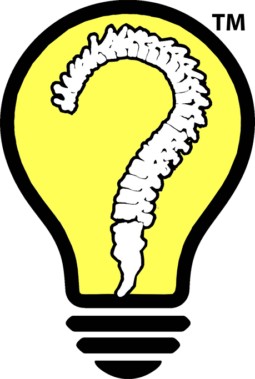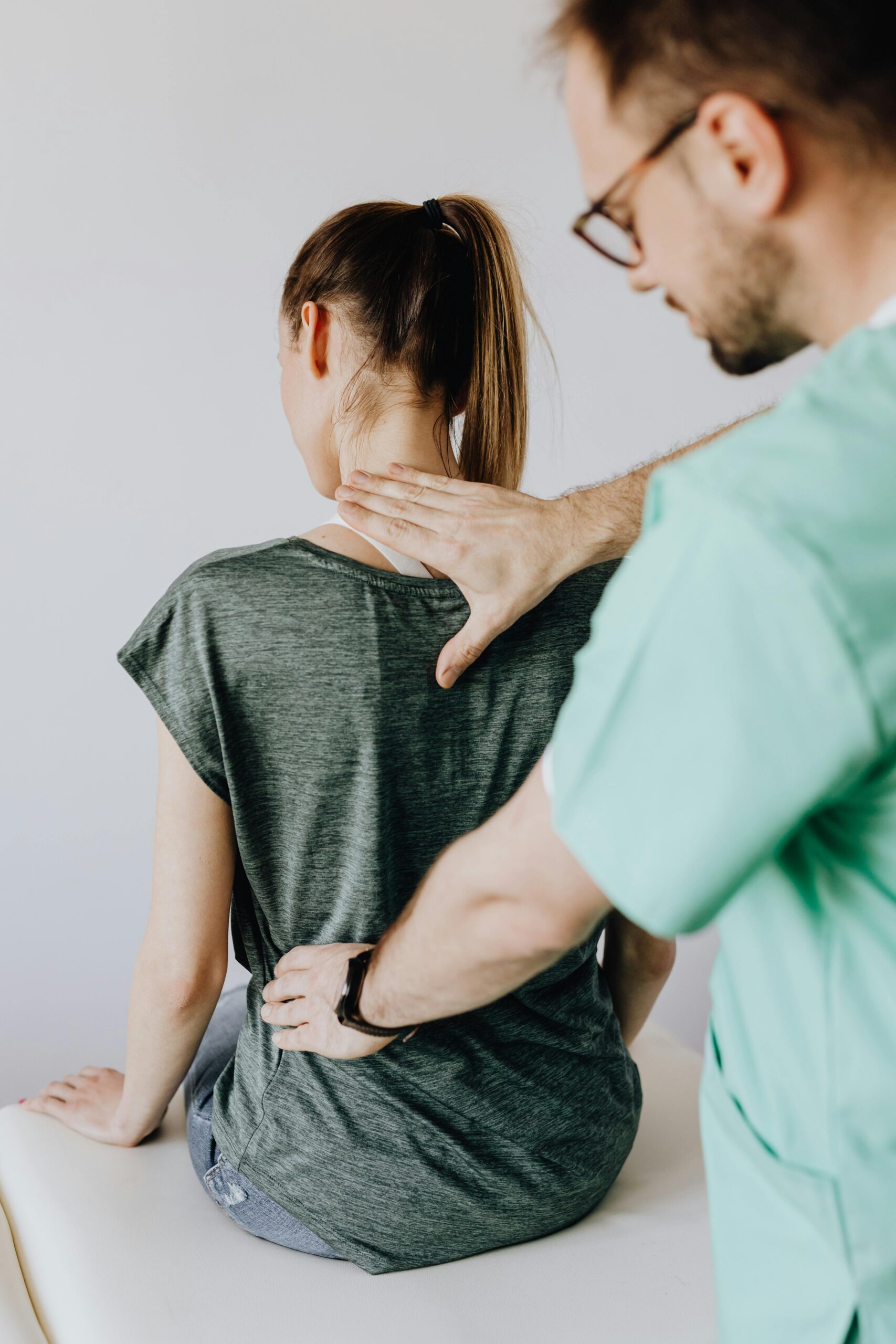
Evidence-Based Chiropractic Network
Empowering Through Evidence.™
Imagine a Peer-to-Peer Community That Collates, Curates, Creates and Cultivates High Value Professional Continuing Education
Many chiropractors globally feel frustrated and alone because they're unsure of where or how to find credible, single source of science-based for their professional development.
Evidence Based Chiropractors is the largest global knowledge transfer network of professionals today.
Imagine A Single Source Of Science-Based Content Via A Global Education Network You Can Trust
Get Connected
You'll interact with the largest social learning network of evidence-based chiropractors.
Access Quality Content
Keep up to date with the latest news research, experience and development in
neuromusculoskeletal health.

Support World Spine Care
Contribute to bringing effective spine care to those in need
We know how hard it is to find a community of science-based chiropractors
We’ve united over 12,000 professionals around the world and counting.

Are you feeling alone and struggling to find a community that shares your values and ethics?
We’ve built a network of neuromusculoskeletal experts across the world to connect with and take your professional development to the next level.
You’ll help by contributing towards high quality research to relieve the global burden of disease and disability through evidence-based spine care.
Research Posts
Emerging Options for Biologic Enhancement of Stress Fracture Healing in Athletes #science #chiropractor #chiropractic #research #education #evidence based #patient centered #interprofessional #collaborative #rehabilitation #public health #spinal health #musculoskeletal health #ethics #pain #function #disability #QOL #knowledgetranslation
Exercise-Based Rehabilitation and Manual Therapy Compared With Exercise-Based Rehabilitation Alone in the Treatment of Chronic Ankle Instability: A Critically Appraised Topic The current evidence suggests that incorporating manual therapy in addition to exercised-based rehabilitation may improve patient-reported outcome scores in patients with CAI. #science #chiropractor #chiropractic #research #education #evidence based #patient centered #interprofessional #collaborative #rehabilitation […]
Sensitivity to pain expectations: A Bayesian model of individual differences This final model produced a characterisation of each individual's sensitivity to pain expectations. This model is relevant for the understanding of the cognitive basis of pain expectations and could potentially act as a useful tool for guiding patient stratification and clinical experimentation. #science #chiropractor #chiropractic […]
An international stakeholder survey of the role of chiropractic qualifying examinations: A qualitative analysis. International stakeholders identified concepts about CQEs that may facilitate or hinder collaboration and efforts toward portability. Stakeholder beliefs were aligned with those expected of learned professions. This qualitative analysis identified 9 major themes that may be used when making future decisions […]
Association of STarT Back Tool and the short form of the Örebro Musculoskeletal Pain Screening Questionnaire with multidimensional risk factors The SBT and ÖMPSQ-short high-risk groups, in a population sample reporting LBP during the last 12 months, manifested clinically relevant depressive and anxiety symptoms and fear-avoidance beliefs, which are known risk factors for prolonged disability […]
Exploring the incidence of culturally responsive communication in Australian healthcare: the first rapid review on this concept While literature suggests the importance and positive effects of culturally responsive communication, evidence suggests inconsistent implementation of this style of communication within Australian healthcare settings. This has implications for the outcomes of healthcare for the diverse population in […]
Trends of traumatic spinal injury-related hospitalizations in Australian children over a 10-year period: a nationwide population-based cohort study Pediatric traumatic spinal injury is associated with significant morbidity and mortality. The burden of hospitalized pediatric traumatic spinal injury in Australia is rising, in particular spinal dislocations, sprains, and strains among female children. Targeted prevention strategies are […]
Piezoelectricity in the Intervertebral disc In summary, we have highlighted an intricate electro-mechanical coupling that appears to have distinct physiological roles in the AF and NP. Further study is required to elucidate the cell response and determine the potential role of piezoelectric effects in regeneration and preventative measures from degeneration. #science #chiropractor #chiropractic #research #education […]
The relationship between spinal pain and temporomandibular joint disorders in Korea: a nationwide propensity score-matched study A strong association was observed between the presence of TMD and the presence of spinal pain. The association became stronger as the severity of TMD increased, indicating a positive correlation between the severity of TMD and spinal pain. #science […]
Comparison of core neuromuscular control and lower extremity postural stability in athletes with and without shoulder injuries. Although core stability is widely incorporated in rehabilitation of athletes with shoulder injuries, athletes with current non-traumatic shoulder injuries may not present with impairments in core neuromuscular control or lower extremity postural stability. #science #chiropractor #chiropractic #research #education […]
Discogenic Back Pain: Literature Review of Definition,Diagnosis, and Treatment In this review, we defined the clinical entity of discogenic pain asmultifactorial changes occurring with late IVD degeneration thatinteract with the peripheral nervous system and the CNS toinduce painful conditions. We also described diagnostic criteriaand current treatments of discogenic pain based on a broadclinical literature review,andidentified […]
Illusory resizing of the painful knee is analgesic in symptomatic knee osteoarthritis Visuotactile illusions are analgesic in people with knee OA. Our results suggest that visual input plays a critical role in pain relief, but that analgesia requires multisensory input. That visual and tactile input is needed for analgesia, supports multisensory modulation processes as a […]
Join over 12,000 Evidence-Based Chiropractors across the globe (world) in our thriving Facebook community – where knowledge, collaboration, and growth come together!
Donate
If you enjoy our content, please feel free to buy us a cup of coffee! We are grateful for your support of science-based spine care.
Research Posts
Get in Touch
WE'D LOVE TO HEAR FROM YOU
© Evidence-Based Chiropractic Network All rights reserved.


